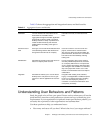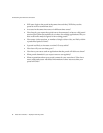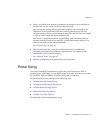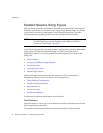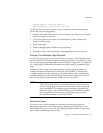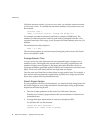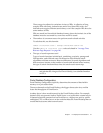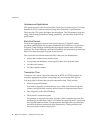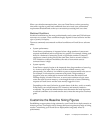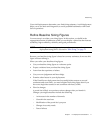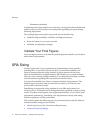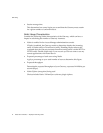
Portal Sizing
Chapter 4 Pre-Deployment Considerations 67
The average size adjusts for variations in sizes of RDs. A collection of long,
complex RDs with many indexed terms and a list of short RDs with a few
indexed terms require different search times, even if the complex RDs have the
same number of RDs.
RDs are stored in a hierarchical database format, where the intrinsic size of the
database must be accounted for, even when no RD is stored.
• The number of concurrent users who perform search-related activities
To calculate this, use this formula:
number of concurrent users / average time between search hits
Use the number of concurrent users value calculated in “Average Time
Between Page Requests” on page 140.
• The type of search operators used
Types of search functions include basic, combining, proximity, passage and
field operator, and wildcard scans. Each function uses different search
algorithms and data structures. Because differences in search algorithms and
data structures increase as the number of search and indexed terms increase,
the type of search function affects times for search result return trips.
Portal Desktop Configuration
Portal Desktop configuration explicitly determines the amount of data held in
memory on a per-session basis.
The more channels on the Portal Desktop, the bigger data session size, and the
lesser the throughput of Portal Server.
Another factor is how much interactivity the Portal Desktop offers. For example,
channel clicks can generate load on Portal Server or on some other external server.
If channel selections generate load on Portal Server, a higher user activity profile
and higher CPU overhead occur on the node that hosts the Portal Desktop than on
a node that hosts some other external server.
TIP You can now give the above figures to your technical representative
and ask that the sizing tool be run to identify your estimated number
of CPUs.



